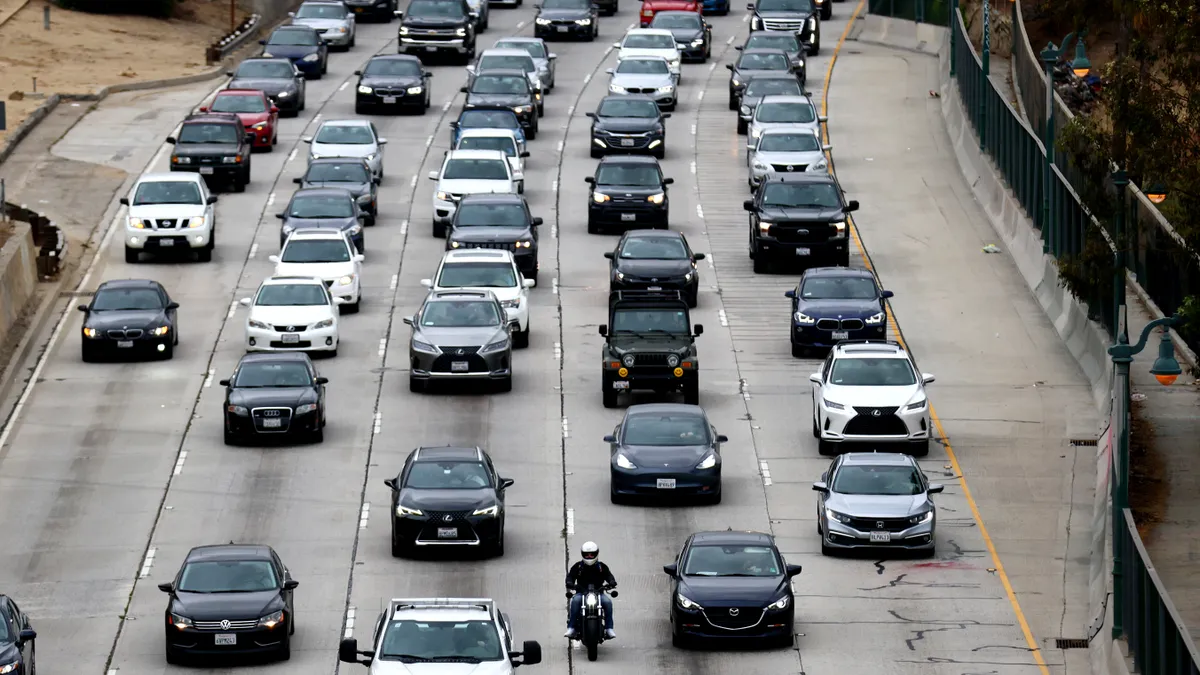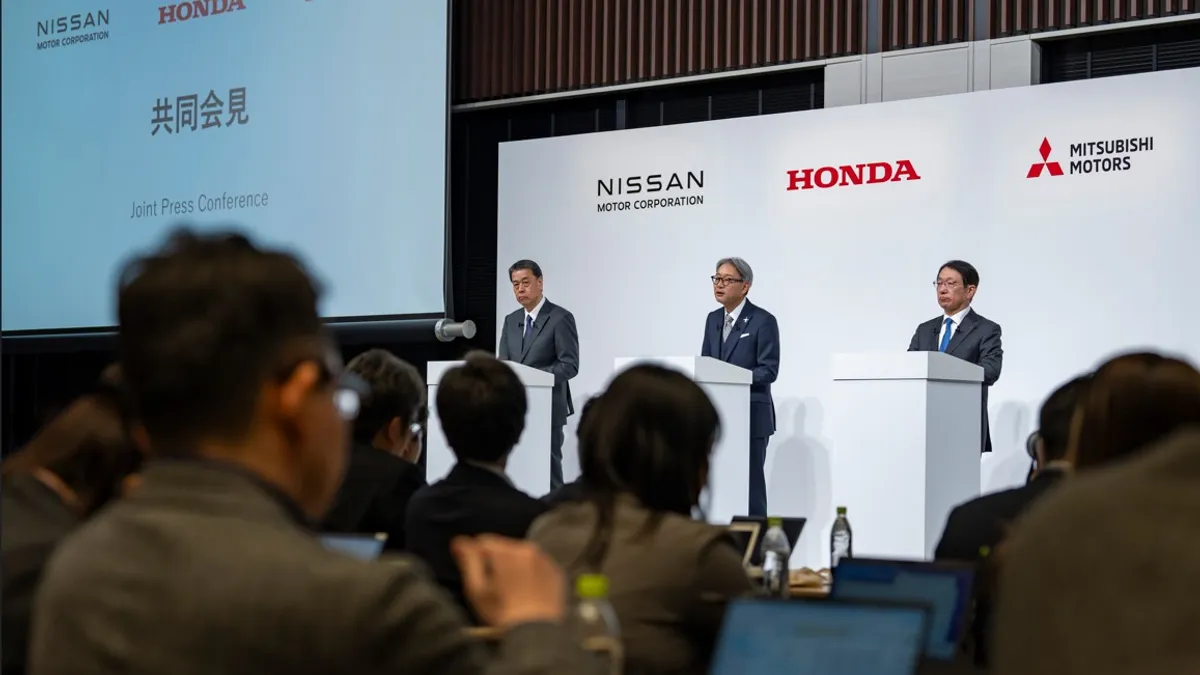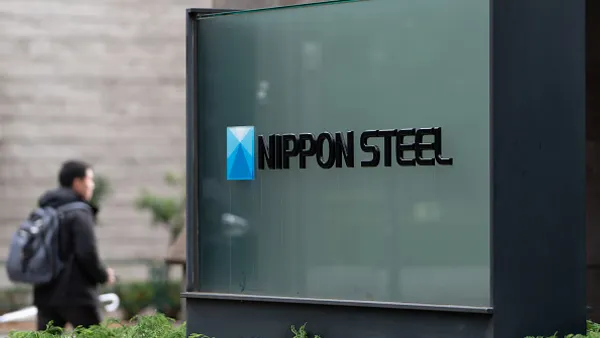Dive Brief:
- The Federal Highway Administration issued on Nov. 22 a final rule that requires state departments of transportation and metropolitan planning organizations to set declining CO2 emissions reduction targets for transportation-related emissions on interstate highways and other major roads, and report progress on meeting their targets.
- State DOTs must establish 2-year and 4-year statewide targets, and MPOs shall set 4-year targets for their planning areas. These bodies will have the flexibility to set goals in line with their current climate change policies and other priorities, but they must be decreasing targets.
- The measure is in line with the Biden administration’s goal of halving carbon pollution by 2030, but faces stiff opposition from some states and congressional Republicans.
Dive Insight:
Transportation accounts for 29% of greenhouse gas emissions in the U.S., according to the Government Accountability Office. An Aug. 3 GAO report found that some state DOTs and MPOs were not monitoring road-related greenhouse gas emissions and those that do track emissions use inconsistent data sources. Not all states or MPOs had established emission reduction targets, the GAO said.
According to the Union of Concerned Scientists, 24 states and the District of Columbia already track greenhouse gas emissions from transportation. Colorado has set declining emissions targets through 2050, while some other states including California, Minnesota and Washington established goals based on vehicle miles traveled.
The National Association of City Transportation Officials said in a Tuesday statement that it “strongly supports” the Biden administration’s new rule, which was first proposed last year. “Cities are eager not just to assist states in implementing the rule–but to work together to ensure that transportation investments help give Americans a brighter future,” said NACTO Executive Director Corinne Kisner.
The Connecticut Department of Transportation also praised the administration’s action. “The final rule will guide our agency’s work in eliminating greenhouse gas emissions to reduce the impacts of climate change,” said Connecticut Department of Transportation Commissioner Garrett Eucalitto in a statement.
But Republican Sen. Shelley Moore Capito of West Virginia challenged the administration’s authority to impose the new rule. “During negotiations of the Infrastructure Investment and Jobs Act, this authority for FHWA was purposefully left out of the final bipartisan bill that was signed into law,” she said in a statement. “Without the authority to impose this mandate, the FHWA is ignoring the letter of the law to finalize a rule that hampers the ability of state DOTs and MPOs to address the transportation needs of their constituents.”
She was joined in opposing the administration’s action by Sen. Kevin Cramer, R-N.D., who attempted earlier this month to defund the proposed rule. U.S. Rep. Sam Graves, R-Missouri, also issued a statement accusing the White House of “looking to once again circumvent the will of Congress.”
According to the U.S. DOT, more than $27 billion is available to state and local governments for carbon pollution reduction projects, with additional funds available from federal aid highway programs.
Transportation Secretary Pete Buttigieg said in a statement that the new rule “will provide states with a clear and consistent framework to track carbon pollution and the flexibility to set their own climate targets.”













